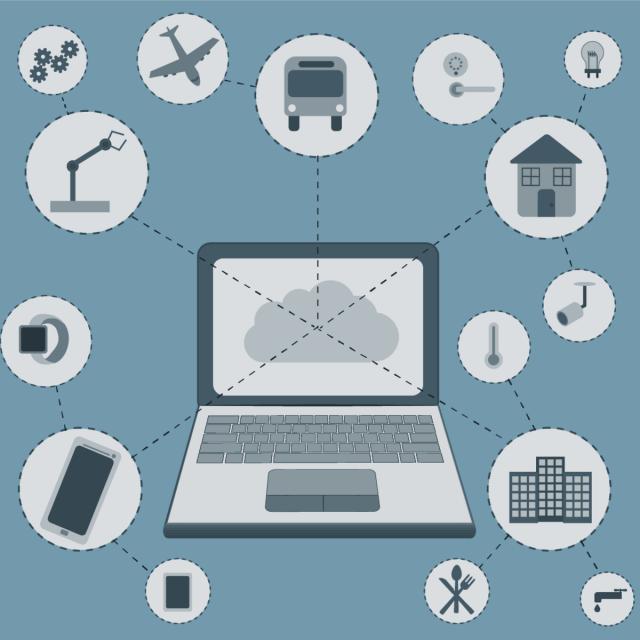MOOC List is learner-supported. When you buy through links on our site, we may earn an affiliate commission.

MOOC List is learner-supported. When you buy through links on our site, we may earn an affiliate commission.
In Week 1, after going over some orientation for the course, you will focus on radio frequency (RF) communication, how it fits in with the larger scope of electromagnetism, how RF signals propagate in physical environments, how RF signals can be used to encode data, and how all this information is useful in constructing resilient and high-bandwidth IoT communication substrates.
Course 2 of 4 in the Hands-on Internet of Things Specialization
This course requires having taken the previous course: IoT Devices.
Syllabus
WEEK 1
Course Overview and Introduction to Radio Frequency Protocols
Welcome to IoT Communications. This course builds on the previous course: IoT Devices. After we have built and programmed a small self-driving vehicle, now it's time get into more advanced territory and enhance the device's connectivity further. To do so you will study radio frequency (RF) communication, the MAC layer, Mesh Networking as well as distributed algorithms for use with geographic locations. These techniques will be applied to your device in the lab, which is composed of four steps, one in each week of the course. In Week 1, after going over some orientation for the course, you will focus on radio frequency (RF) communication, how it fits in with the larger scope of electromagnetism, how RF signals propagate in physical environments, how RF signals can be used to encode data, and how all this information is useful in constructing resilient and high-bandwidth IoT communication substrates.
WEEK 2
Protocols: Media Access Protocol
We will learn about the lowest level of communication protocols in IoT - the MAC layer. This is the layer that deals with all the unpleasant and challenging situations that come about through the use of RF in challenging environments. We will learn about mechanisms to efficiently send and receive data, with low power, discover and pair with other nodes, deal with transmission collisions, and so on.
WEEK 3
Protocols: Mesh Routing
We will talk about mesh networking, a set of techniques that allow wireless devices to work together to discover and maintain working paths to destinations. These techniques enable communication across multiple hops, by having nodes help each other out, routing through multiple layers of intermediate proxies to construct paths to any destination that needs to be reached. The techniques we talk about in this lecture form the foundation for many operations needed to be conducted in IoT, such as dissemination, replication, multicast, service discovery, and so on.
WEEK 4
Protocols: Service Discovery
We will study the next layer up of distributed algorithms that are used in IoT networks. We will continue our exploration of mesh routing, and describe how such techniques can be used to place data at geographic locations, forward in "intermittently-connected" setting, perform multicast, and more.
MOOC List is learner-supported. When you buy through links on our site, we may earn an affiliate commission.
MOOC List is learner-supported. When you buy through links on our site, we may earn an affiliate commission.
